Contact Forms are not given the recognition and acknowledgement that they deserve. Many times, people forsake this important website design element or don’t put too much effort behind making the most of it. Most of the times, it is left idle in the corner of a website. However, if you were to realize the potential of contact forms, you would pay much more attention to the best practices for contact form design that will result in maximum conversions.
Contact Forms are made to generate more leads for the business. The fact that the visitors are on your site shows they are interested in availing the products or services you have to offer. By using the contact form, you would get a repository of information for genuine leads. Contact forms also help increase reachability to your potential customers. Generally, people link their social media buttons and think it would suffice. However, not everyone uses social media and hence, this approach could result in a loss in business and potential customer. Moreover, since your contact form would allow the visitors to mail their concerns or project directly through your website, it would make them stick to you instead of fading away to another competitor.
Now that we outlined a few basic advantages of adding a contact form to the website, let us have a look at the best practices for contact forms that convert:
1. Initial Stage:
The first and foremost step is to understand how to design effective contact forms
1. Keep the Contact Form Design simple: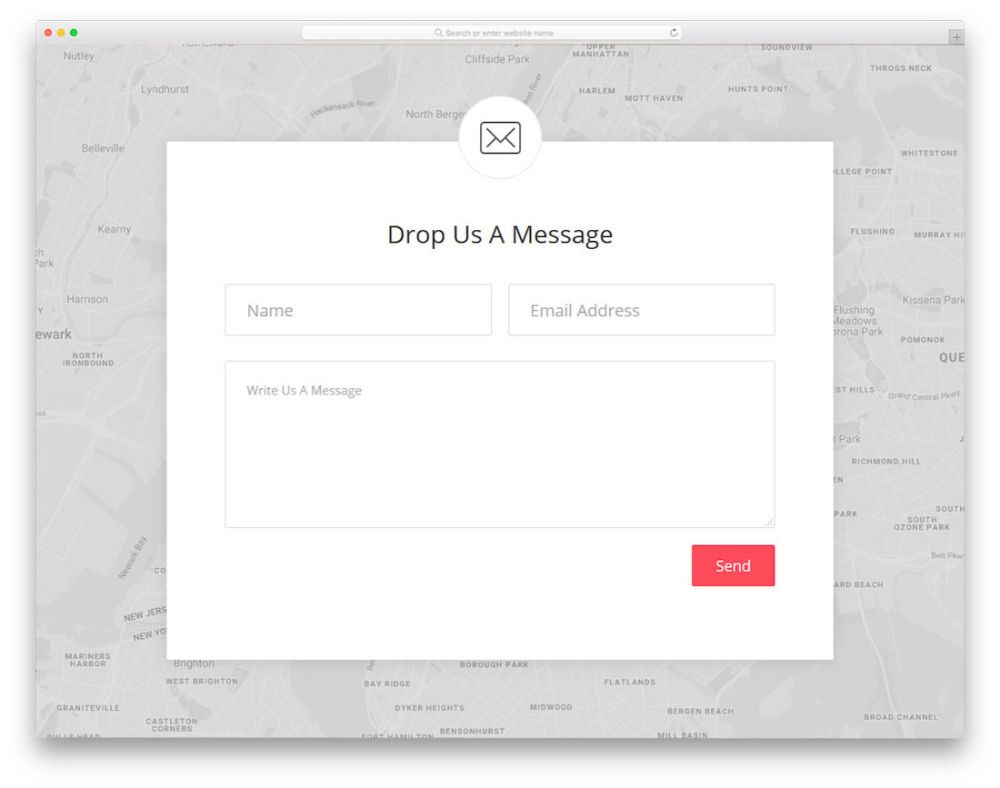
This is not a golden rule; in contrast, it is a safe guideline. While aesthetics and appealing are subjective attributes, simple design contact forms are the least likely to miss on either two. A simple design contact form looks neat, minimal and clutter-free. It doesn’t overwhelm the visitor, yet displays the content that is a priority in a subtle yet effective manner. The safest trick is to use a clean layout with bold and large fonts and the least fields possible to achieve the look.
2. Constant evaluation of the Contact Form:
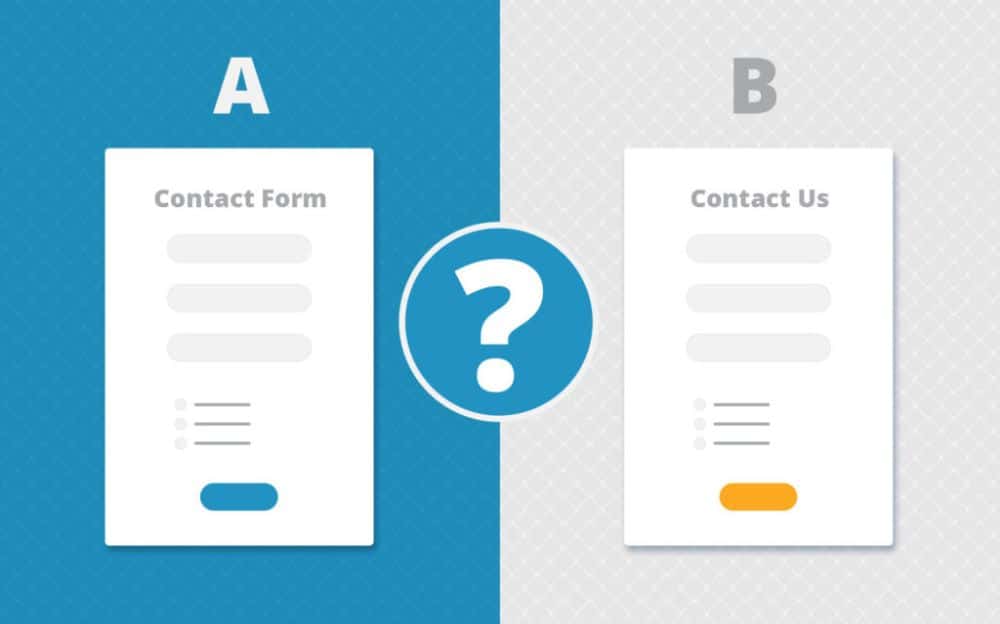
One of the best practices for contact forms is evaluating the contact form. You created one contact form, and it has been live for a while. Have a set standard of goals you want to achieve through the contact forms. Review the performance against your goals, and try finding out the problem points which is hindering the process. This would allow you to understand what aspect of the contact form is limiting its potential. Here the A/B Testing method would be ideal, where you can create two forms and change one variable between the two. See how each of them perform and compare the results. Repeat this process until you find the ideal format and form length.
3. Make use of single-column design for better readability:
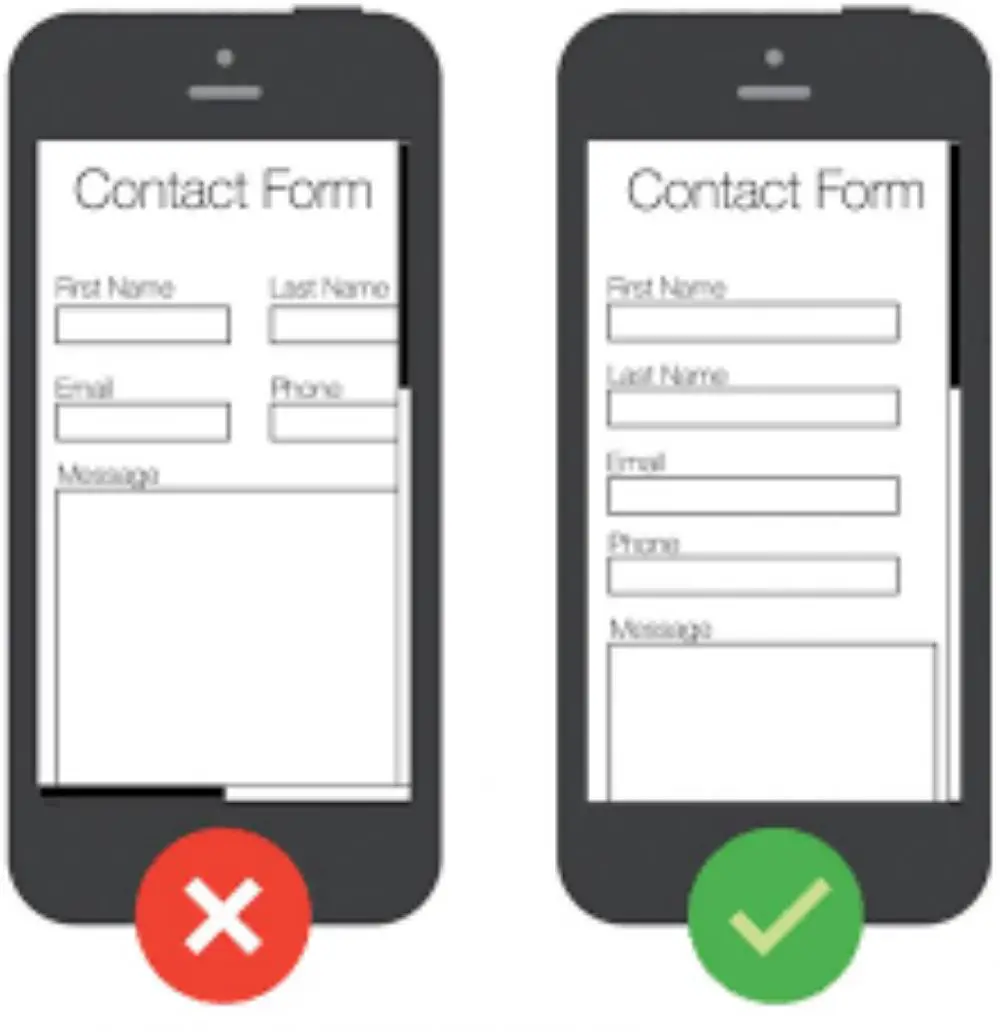
In today’s time, we cannot omit the fact that most users would access your website through their smartphones. Smartphones and tablets have lesser screen space as compared to desktops and Klaptops; hence you need to design the contact form in a way that it looks aesthetically good on such devices as well. The safest way to achieve it is opting for a single-column design for the contact form. The contact form should fit perfectly, as if the users need to scroll to access the entire contact form, they would stop midway. Hence, this one of the best practices for contact forms.
4. Use an Effective CTA: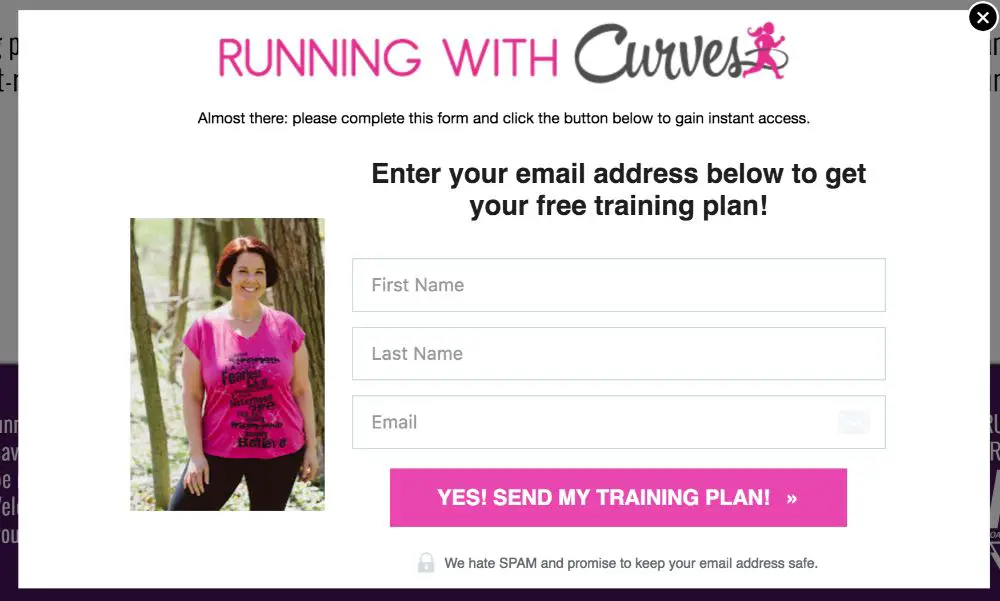
Even if your entire form is well designed and easy to fill, if your CTA for the form is get registered or subscribe now, chances are it wouldn’t evoke any emotion in the visitor. This would lead to lack of motivation from their end, and they would abandon the contact form entirely. Hence use a little marketing incentive and make the CTAs more appealing to the audience. Try playing with words, or try providing discounts such as ‘Yes I want 15% off’. This would lead to curiosity among the visitors, and they would fill-up the form to make use of the benefit they would get since for them, it is a free resource. It is not necessary to always include incentives, but the language needs to be crisp and appealing. Instead of subscribing now, ‘I am in!’ is a more effective way of putting across the same message.
5. Try avoiding captchas:
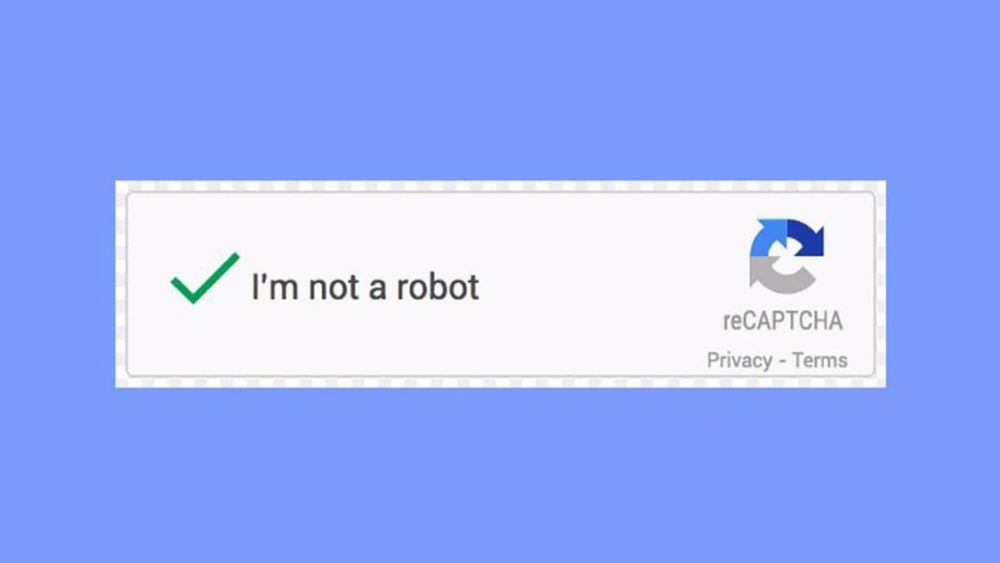
One of the best practices for contact forms is avoiding Captchas. Captchas came into the picture to avoid web form spam, which is still a pertaining problem today. However, it is important to decide between avoiding spam and keeping potential conversions happy. The problem with captcha is it can get irritating to get it right, and the letters are most of the time not even legible. This would annoy any user, and they could abandon the form and go to some other website.
6. Make use of landing pages:

Every website should have a specific landing page. A landing page is an inner page of the website that has information regarding one particular niche. This page should have a single, strategically placed CTA. The idea is to sell a single idea, or solve a single problem, without the visitor getting distracted to other pages like the homepage. It is to ensure that the visitor is solely focused on the problem in hand, and convinced entirely that this is the ideal solution. Generally, the purpose of a landing page is for collecting the visitor’s contact information or even make a sale. Having a specific problem/solution oriented landing pages increase the chance of conversion more than a general homepage.
2. Preference Stage:
You have acquired the attention and interest of your prospect. What do you do next? Educate them about the business’s products and services. The prospect leads would have further questions, and as a business, it is your responsibility to answer them. There are some methods to take care of this:
1. Email Opportunities:
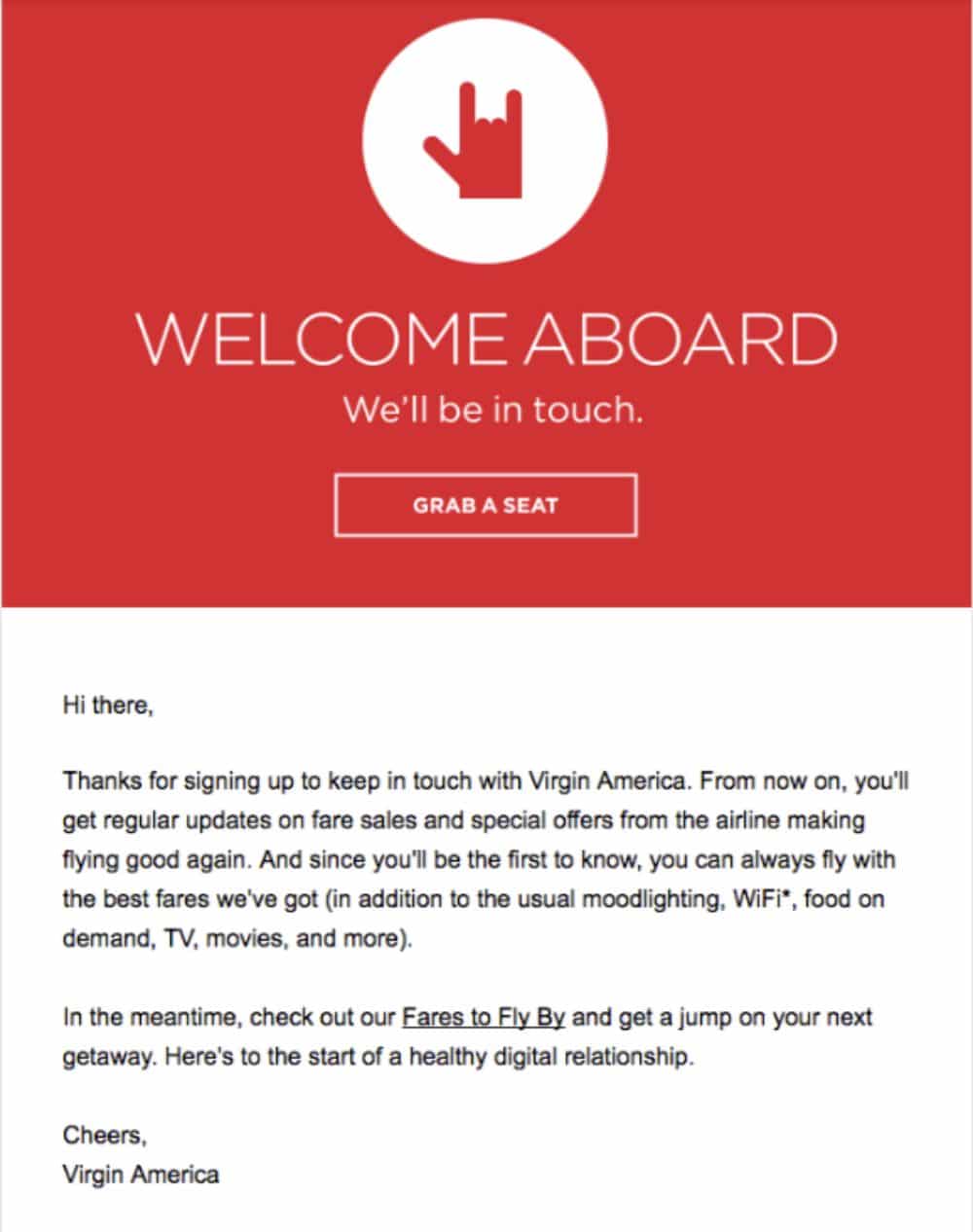
You have a list of prospects’ emails. The next thing you should do about this is to educate them about the business and try building their trust. This can be done using an automated email to the subscribers. You can include the 10 most frequently asked questions in this mail, hence giving the potential prospect a brief introduction about your company, as well as showing how much you care to get them on board.
2. Make use of Autoresponder Series and Drips:
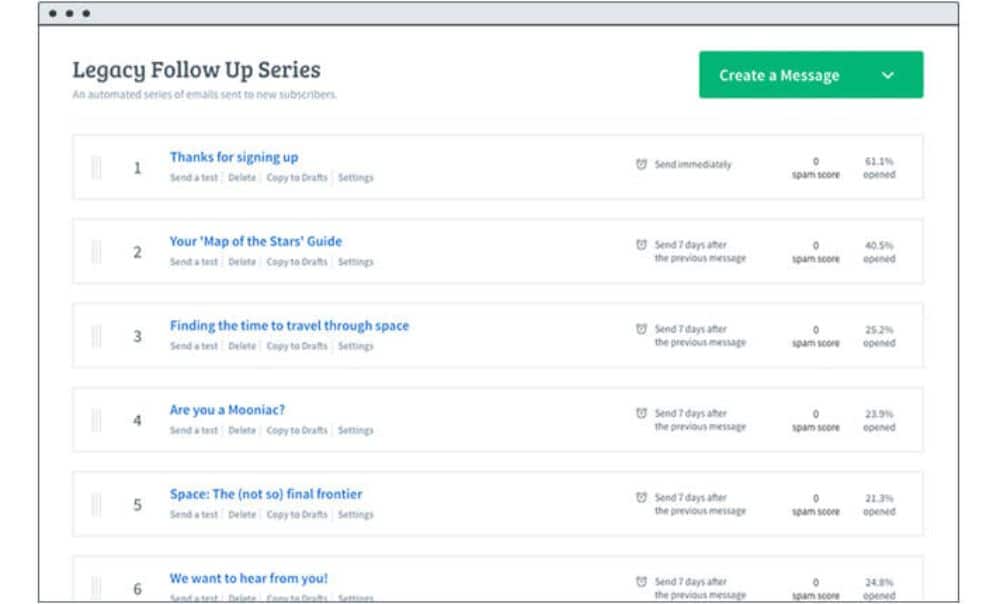
Drip Marketing refers to a practice of sending readily written set of emails to the customers and potential prospects. It is an ideal tool to have as it can schedule mandatory automated emails about a discount, or festival season greetings to all the people on your mailer list. This would make them feel valued and taken care of. You can also go a step further and wish individuals on their birthdays provided you have their birthday details from your contact form. An effective autoresponder series could guide potential prospects from a crowd to the committed sales funnel, and convert them into a sale.
3. Make use of CRM and Sales Integration:
Customer Relationship Management- CRM is software which helps you track any interactions with present and prospect customers. The tool helps you realize where your prospective customers are in the sales funnel. CRM can make identifying which email campaign a prospect should get next, through the use of cookies. Cookies let you use the information about your customers that you already have. It lets you improvise their personalization for offers and content. Since you would be able to target a particular group of prospects so specifically, you would have the opportunity to personalize content for each such section. This is a powerful tool, as it would allow you to sound more conversational and personal with each potential prospect, rather than general and dull. This would help increase conversions as the prospects would feel like you’re talking to them individually to an extent.
3. Purchase Stage:
Now that you have accumulated the list of prospect conversions and guide them through your company’s offerings, it is now time to attempt the sale. It is not as easy, and it is not something that should be given up on one attempt as well. The average customer needs to be pushed seven times before they get ready to purchase. This is not to say that you should spam your prospects with buy now links, however, you should keep pushing the idea of buying in their minds, periodically and when it is the most relevant. There are a few tricks that could help with the process:
1. Promote via eCommerce:
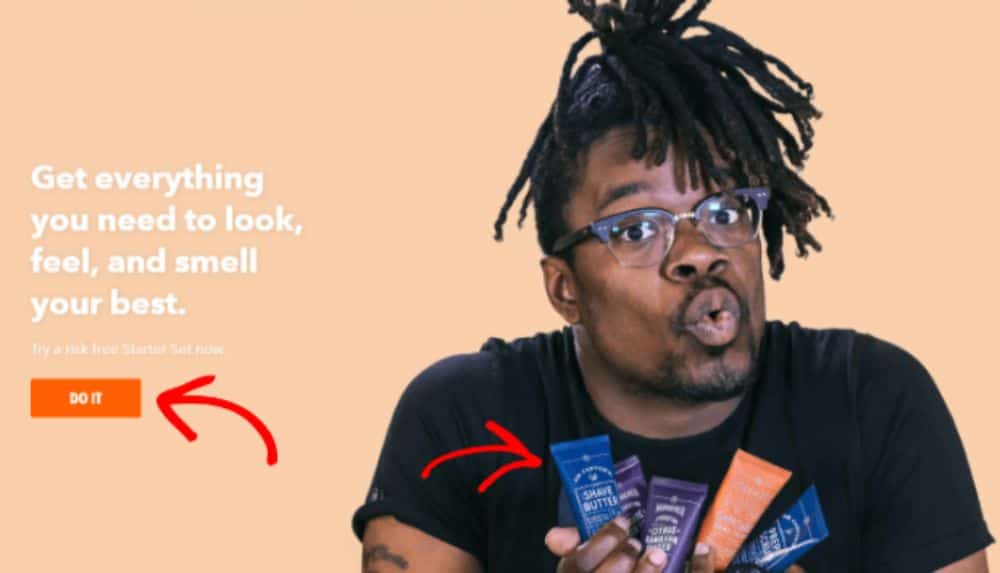
If you have a product-oriented brand, you need to constantly put it out there the product is out for purchase. This message has to go out repeatedly and clearly. If you assume that customers would find your products or checkout page, they won’t. Just because they are visiting your website, they wouldn’t go an adventure to find the right product for them. You need to catch their attention and bring the right product to theirs for effective and quantifiable sales. Some considerations you can take care of for this also include how easy and accessible your checkout page is. It needs to be optimized for user-friendliness and user experience. Include widgets and useful features like live chat support, free shipping for some orders and much more. All these little incentives could be vital to changing one’s mind about buying or not buying from you even after reaching this stage.
The subscribers you got from your contact forms, mail them all your specials. Target the most popular holidays and plan out email marketing campaigns beforehand. Don’t feel shy or low about always promoting and reminding the users of the massive opportunity for them to save considerable bucks. Make sure the CTA is also very subtle yet effective. This would increase traffic on the website during festivals, and the conversions would increase as well.
2. Focus on Transactional Content:

Some of the eCommerce websites would integrate with email marketing specialists, to do email promotions for existing customers as well as the prospect customers. This is a great feature to use as you could see if there is a person who has added and deleted a particular product or list of products from their bag but always hesitated at checkout. For situations like this, you could offer them free shipping, or give a discount code to aid their decision towards your benefit, i.e. to purchase.
4. Loyalty Stage:
You have by now made a successful sale. This might feel like the end of the sales funnel, but it isn’t. Once you have acquired a potential customer, it is always easier to sell to that particular one again. Hence, don’t abandon your customers after their first purchase. To pique their interest and keep them in the loop for getting new customers, make use of:
1. Referrals:

Make sure to have a conversation without an existing audience. Ask them if they think they have someone who would benefit from the product and services offered. Once they decide to purchase something and make that purchase, give them a discount code for their next order. This would motivate them to order from your place again, sometime later. This way, they would appreciate the discounts based on loyalty, and your sales flow would remain intact.
2. Reselling the same product:

Though this might sound crazy, there is a market for reselling a similar product to your existing customer. Many times they just need a little motivation to reorder the same product again. This stands especially true for products that have a shelf life. Once the visitor consumes or uses it, they would need a rerun, and since they had a smooth experience with you, they’d come back to you for that repeating order. This is because apart from pricing, comfort also plays a significant role in people’s buying decisions.
These are the best practices for contact forms that convert and extending their use in the sales funnel. Make sure you use them to effectively turn a potential prospect to a full-time customer who keeps availing your services after doing it once.
The post Best Practices to Create Contact Forms That Convert appeared first on Web Design Blog | Magazine for Designers.
via https://ift.tt/38Ggbu7


No comments:
Post a Comment